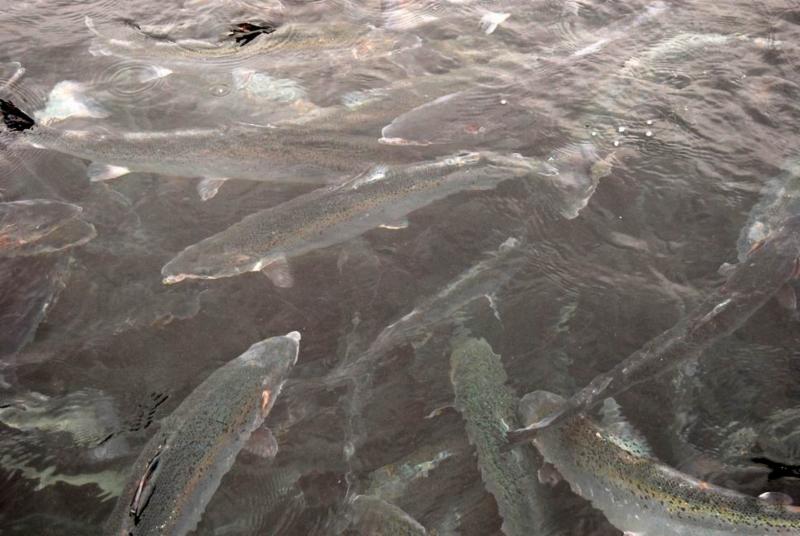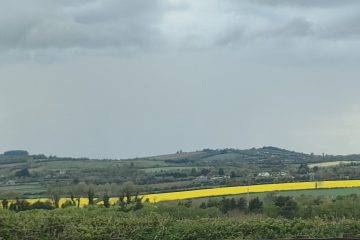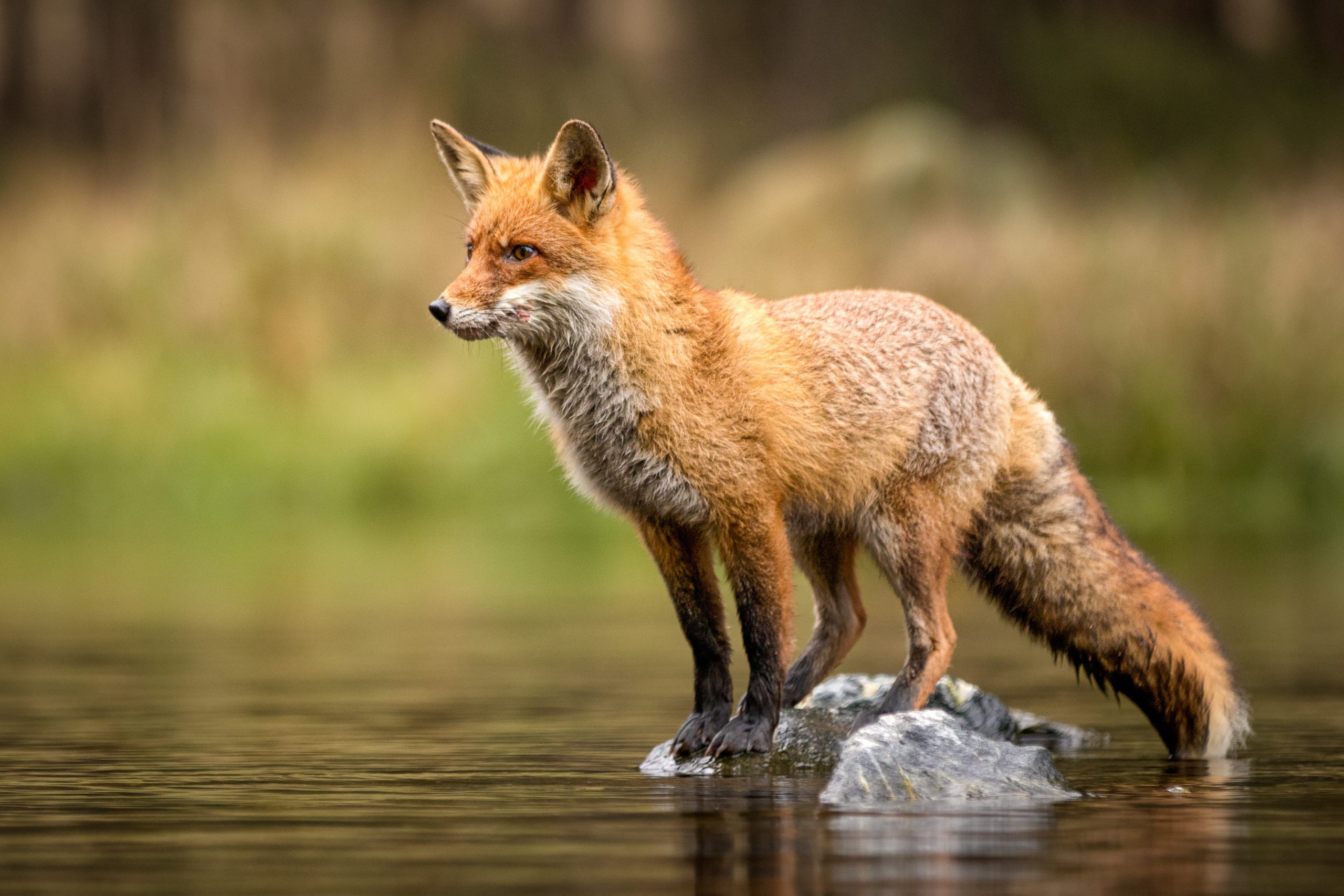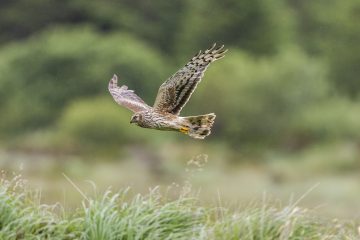Study identifies bats and birds vulnerable to turbine collisions

November 15th, 2017
A new study has identified the birds and bats most vulnerable to collisions with wind turbines, highlighting a potential conflict between renewable energy developments and biodiversity.
The recently published study led by the British Trust for Ornithology (BTO) and funded by the Cambridge Conservation Initiative is the first examination of this conservation issue on a global scale.
The team of researchers carried out an extensive review of all published papers reporting bird and bat collisions with wind turbines. Data from 88 studies on birds and 89 on bats were included in the analysis.
According to the study, birds of prey are the most vulnerably avian group. Previous studies have linked the high rate of wind turbine collision seen in birds of prey to their specific visual adaptations for hunting as they focus on the ground and have a blind spot directly in front of them.
White-tailed sea eagles, recently reintroduced to Ireland, were one of the most vulnerable species examined in the entire study.
Collision rates for bird and bat species not previously studied were modeled using information on their behaviour and ecology, as well as wind turbine height and capacity.
Lead author of the study Dr Chris Thaxter said that it is “vital to consider the impacts of wind farms on populations of both bats and birds” and that “migrants and wide-ranging species” are particularly vulnerable.
He added that the aim of the research is to help find the “delicate balance between a greener future and healthy biodiversity.”
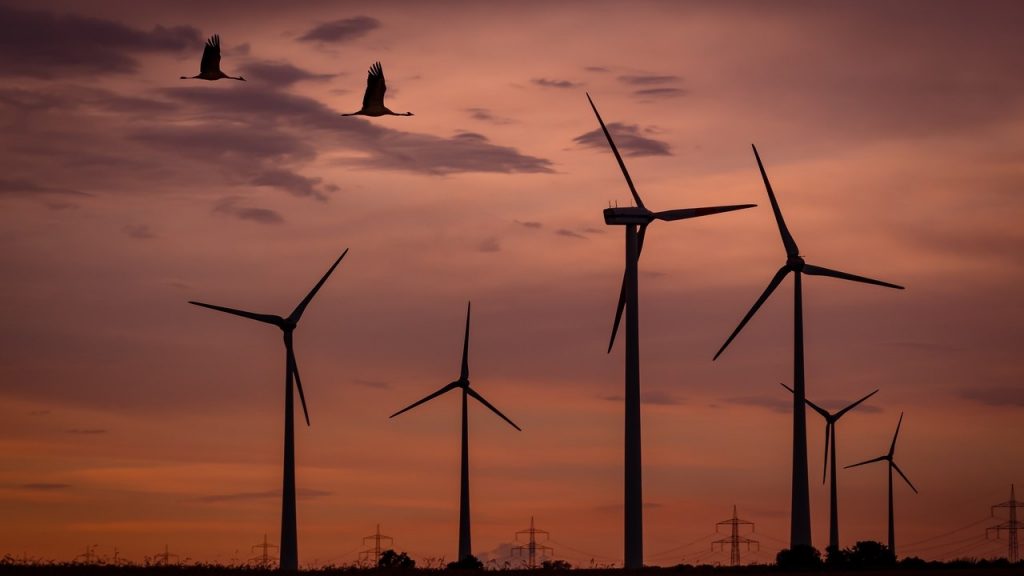
Bats most vulnerable
As expected, bats had higher collision rates than birds. The factors that were most strongly correlated to increased vulnerability in bats were dispersal distance and migratory behaviour.
Donna Mullen of Bat Conservation Ireland (BCI) said that she is “very concerned” about the impact of wind farms on bats in Ireland. The organisation has produced bat conservation guidelines for wind farm developments.
Ms Mullen told The Green News that BCI is “not against wind power” but that the turbines need to be developed in the “right places” and that comprehensive wildlife monitoring afterwards is essential.
At the 9th Irish Bat Conference last month, Dr Christian Voigt of the Leibniz Institute for Zoo and Wildlife Research discussed the challenges of wind turbines for bat conservation. His research has shown that 250,000 bats are killed by wind turbines in Germany each year.
Dr Voigt explained that direct collisions with wind turbine are not the only risks for bats. Indirect collisions through changes in air pressure around wind turbines can also be fatal to bats, he said.
Bats normally survive for a few days after this “barotrauma”, meaning that carcasses can be found away from wind turbines, complicating the monitoring of wind turbine collisions.
Renewable Energy and Biodiversity
Director of Science at the BTO Dr James Pearce-Higgins said that study in no way tries to set out opposition to wind farms.
Instead, the study seeks to help find a way to facilitate renewable energy whilst minimising the impacts on vulnerable species.
He said that the results can “inform strategic spatial planning” and guide where wind farm developments may be “least damaging”.
The research team suggests a number of strategies to mitigate the negative impacts of wind farms on wildlife. Interestingly, the models show that building fewer and larger turbines would reduce the rate of collisions per unit of energy generated.
The appropriate positioning of wind farms is also addressed in the study, stating that avoiding migratory pathways and important feeding and breeding sites will bring down wildlife collisions.
[x_author title=”About the Author”]


